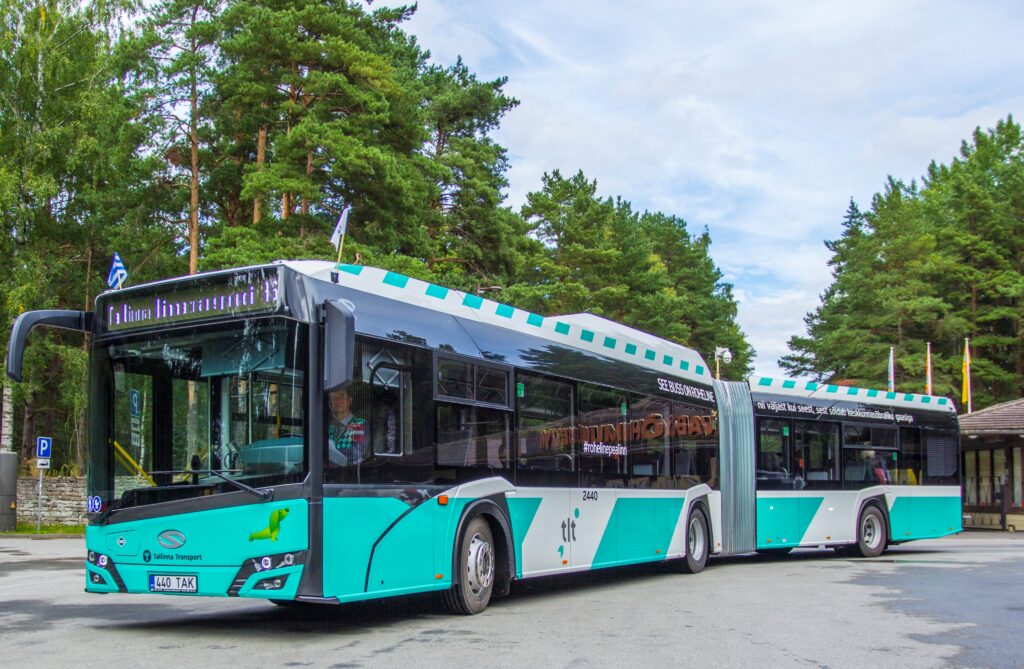May 22 marks the 101st year since the beginning of regular bus traffic in Tallinn

On May 22, it will be 101 years since regular bus service began in Tallinn. On the five routes that started working at that time, old Daimler buses transported their passengers to the slope of Lasnamäe and the neighborhood of Seewaldi, to Kalamaja, Pirita and Kose. Today, the number of routes has increased to 72, and 550 buses are ready to serve the residents of the city.
According to Kaido Padar, member of the management board of AS Tallinna Linnatransport, the impressive history of bus traffic in the capital obliges today’s operators to offer even more passenger-friendly, efficient and modern public transport. “On the threshold of the second century of bus traffic, we clearly understand that we are one of those companies that must work year-round without days off so that the life of the city would not come to a standstill. By developing, honing the quality of the service and making no concessions regarding the public transport we offer, we continue to be ready for this,” added Padar.
During the 101 years that buses have been serving the residents of Tallinn, governments have changed, war events that shocked the world and the period of occupation have been lived through, and in the years following the re-independence, the company has been able to adapt to the growing demands and expectations of Tallinn and its residents. Over the years, in addition to the Daimlers that once started operating on the routes, Scania Vabises, Opels, LAZs, ZIZs, Ikaruses, Renaults, Mercedes Benzes, Scanias, Volvos and MANs have been riding on the city street for decades. Today, 350 Solaris gas buses, in addition to 200 MANs and Volvo Hybrids complying with the high pollution standards of EURO6, form the core of the bus fleet available to the residents of the city.
“Buses have been serving the townspeople for as many of 101 years, and in a medium-sized and scattered city like Tallinn, they will remain the main means of public transport aslo in the future, despite the rail transport development plans. The logistics of the routes are improving, the vehicles are becoming increasingly modern and environmentally friendly, and our bus drivers-service attendants are acquiring the best techniques for coping with city traffic and providing a service that meets the expectations of the townspeople, however, most importantly, the bus traffic will continue to serve the same purpose as when it started with regular routes more than a century ago – to transport the people of Tallinn quickly and conveniently to their desired destination. Even if the world stops, we will move forward!”, Kaido Padar, member of the management board, concludes the discussion of the topic.
During rush hour, residents of Tallinn are simultaneously served by as many as 440 buses. Buses travel thirty million kilometers a year and are used by more than 100 million passengers to move around the city, while 1,200 drivers-service attendants dedicated to their work and handling the city traffic safely are busy driving the buses.

